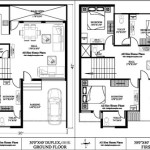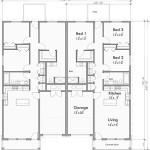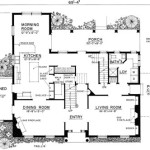Essential Aspects of Tiny Portable Home Plans
Tiny portable homes, also known as mobile homes, are becoming increasingly popular due to their affordability, flexibility, and environmental friendliness. Whether you're a minimalist seeking a cozy and sustainable living space or a traveler desiring a home away from home, tiny portable homes offer a myriad of benefits.
Designing tiny portable homes requires meticulous planning and consideration of specific aspects, including:
Size and Layout
The size of your tiny portable home will depend on your needs and lifestyle. It's crucial to determine the optimal square footage, ensuring that it meets your requirements for sleeping, cooking, dining, and storage. The layout should be well-thought-out, maximizing space efficiency and minimizing wasted areas.
Materials and Construction
Choosing durable and lightweight materials is essential for tiny portable homes. Common materials include steel, aluminum, and composite panels. The construction method should ensure structural integrity and withstand the rigors of transportation and relocation.
Mobility and Transportation
The mobility of your tiny portable home is a key consideration. Determine the type of foundation or chassis that best suits your needs, whether it's a trailer, a skid, or a foundationless design. Consider the towing capacity of your vehicle and the accessibility of the intended parking or camping sites.
Utilities and Appliances
Tiny portable homes require careful planning for utilities and appliances to ensure comfort and self-sufficiency. Consider options for electricity, water, heating, and cooling, including solar panels, generators, cisterns, and efficient appliances. Choose appliances that consume minimal energy and maximize functionality within the limited space.
Storage and Organization
Maximizing storage is crucial in tiny portable homes. Incorporate innovative storage solutions, such as built-in drawers, shelves, and overhead compartments. Vertical storage and dual-purpose furniture can also help optimize space and maintain a clutter-free environment.
Sustainability and Environmental Impact
Tiny portable homes offer opportunities for sustainable living. Consider incorporating eco-friendly materials, energy-efficient appliances, and renewable energy sources to minimize your environmental footprint. Water conservation techniques, such as rainwater harvesting, can also enhance sustainability.
Legal Considerations
Before purchasing or building a tiny portable home, it's essential to research local regulations and zoning laws. Determine if tiny portable homes are permitted in your desired location and if any specific requirements or restrictions apply. Ensure compliance with building codes and obtain necessary permits to avoid legal issues.
Conclusion
Designing tiny portable home plans involves a comprehensive approach that balances size, functionality, mobility, sustainability, and legal considerations. By carefully planning each aspect, you can create a cozy, convenient, and environmentally friendly living space that meets your unique needs while maximizing the benefits of tiny portable living.

Tiny House Floor Plans 32 Long Home On Wheels Design

27 Adorable Free Tiny House Floor Plans Craft Mart

The Compact Style Of Tiny Tumbleweed Homes House Company Floor Plans
:max_bytes(150000):strip_icc()/ana-tiny-house-58f8eb933df78ca1597b7980.jpg?strip=all)
4 Free Diy Plans For Building A Tiny House

Tiny House Plans The Project

Tiny House Floor Plans Absolute Houses

Plans Purchase Healthy Homes

The Pre Trailer Floor Plan Tiny House Plans

25 Brilliant Tiny Homes That Will Inspire You To Live Small

Tiny House Floor Plans Absolute Houses








